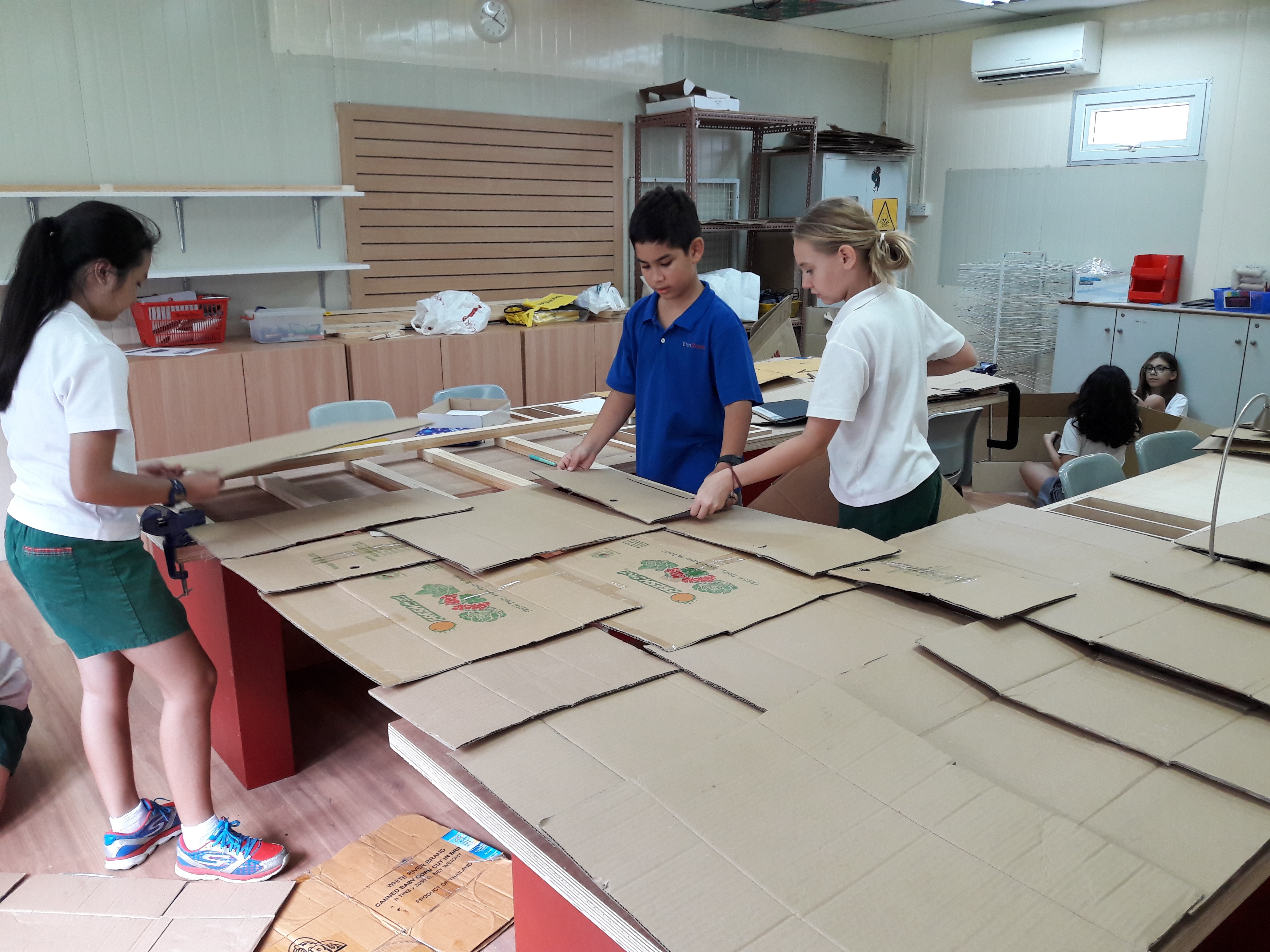Kelvin Chin
Kelvin Chin is a Secondary Science Teacher and IGCSE Coordinator.
Did you know mobile phone companies are developing a phone that will allow you to see a 3D holographic image of your caller in real time? This new technology may seem straight out of Star Wars, but it is happening and will potentially change the way we communicate and interact with family, friends and clients — impacting us in ways we have yet to imagine.
Consistent innovation
However, what does this have to do with Design & Technology — and why should my children learn it in school? Every industry — from telecom and consumer electronics to hospitality and F&B — needs consistent innovation to sustain consumer interest. Think Blackberry, one of the most sought after device is now non-existent — and eventually, the current hot item will also become obsolete with the next new must-have innovation. Disruption is now mainstream.
Innovate, collaborate and manage projects
At the heart of this is Design & Technology — but why should my children spend time learning this when it will not help with their English and Maths scores? Standardised tests have their place in our lives. However, scroll forward 25 years, as your child enters the workforce, what will separate them from others is their ability to innovate, collaborate and manage projects — and 25 years from now is not when they should begin to learn and develop these skills.
Skills are just as important as the knowledge, and these are solidified with the IGCSE in the middle years – helping to improve performance by developing skills in creative thinking, inquiry and problem-solving as they become confident, responsible, reflective, innovative and engaged learners.
Foundation for creativity
Design & Technology in school — also called Makerspace and Tinkering — allows students to think outside the box, collaboratively designing and managing a build from scratch — utilising not only cognitive skills but also hands-on team-based problem-solving skills. These skills are the basis for creativity — and as a muscle; they develop with practice over an extended period.
Moreover, for those wondering about their standardised English and Math score: High Tech High School, a non-traditional school based on a thematic Design & Technology concept in California scores well above the District and State scores in English and Mathematics.

